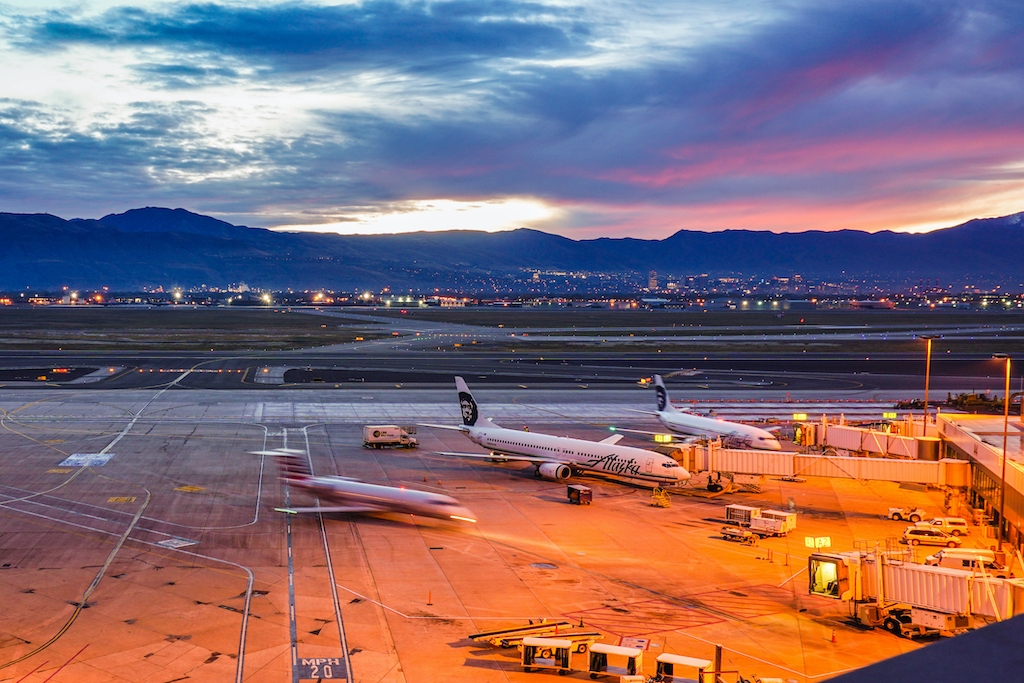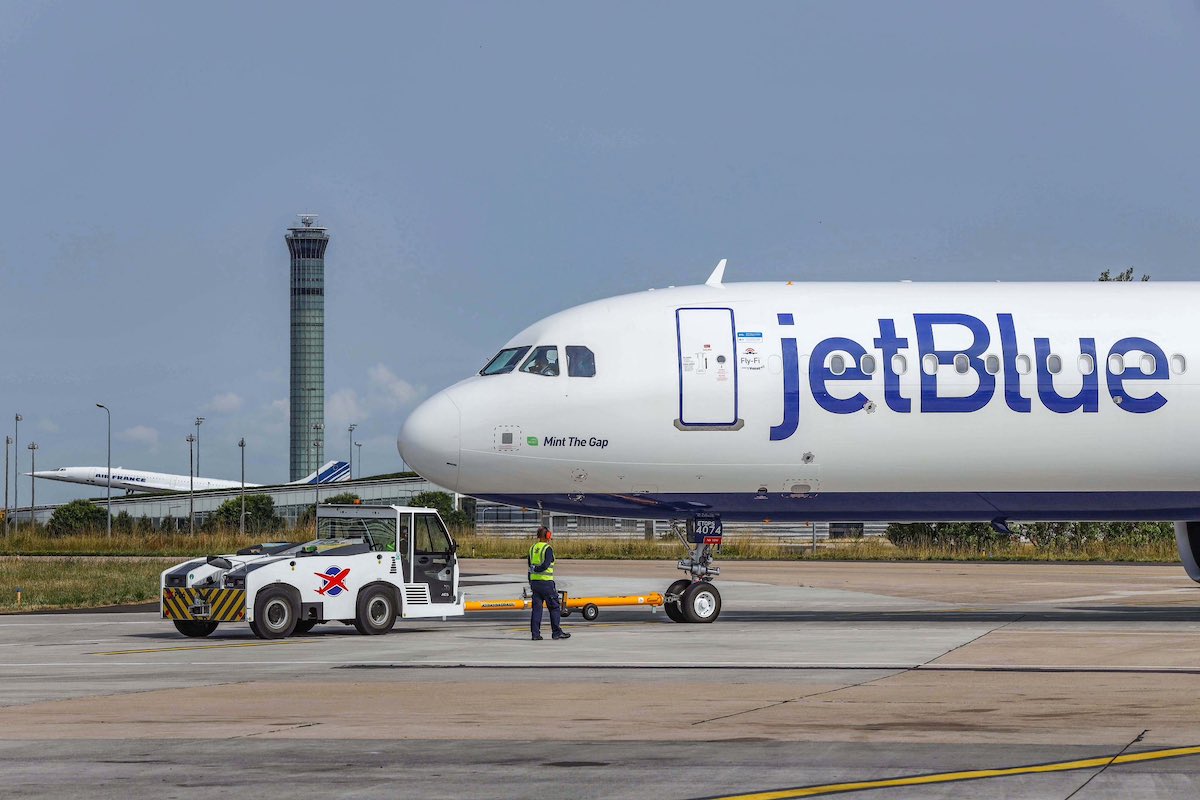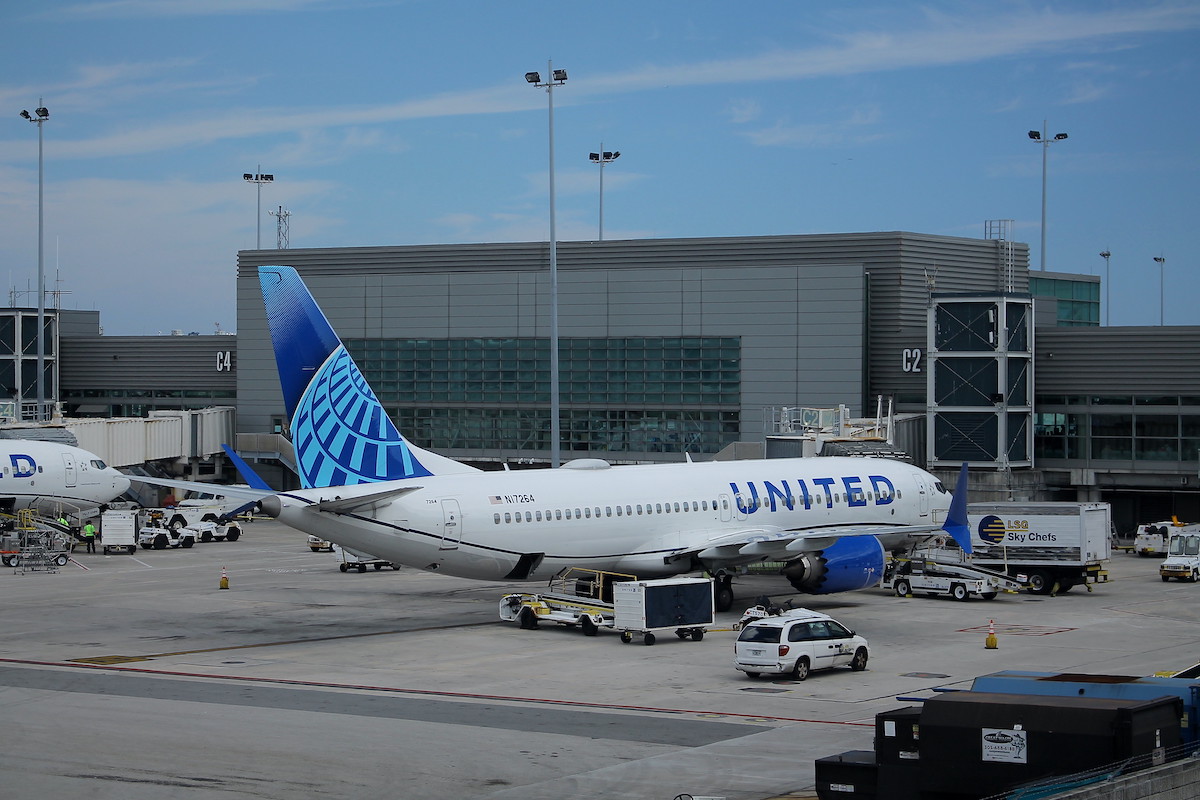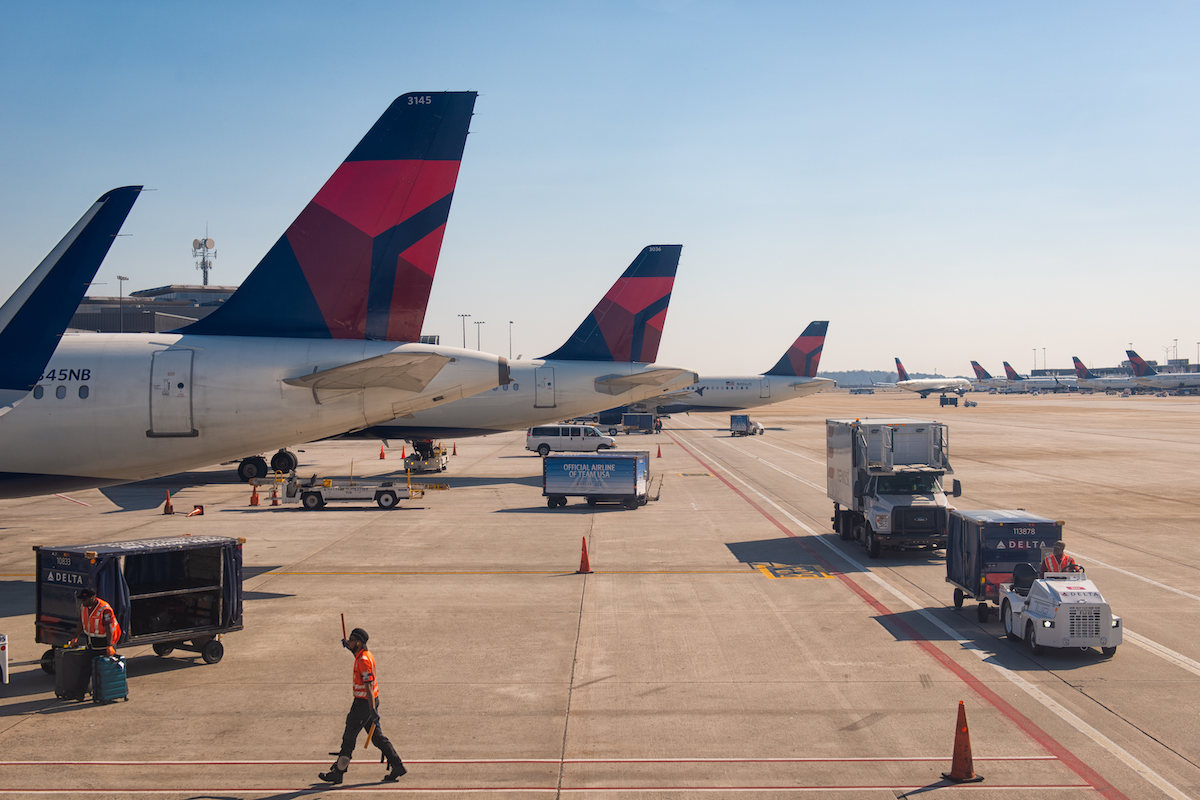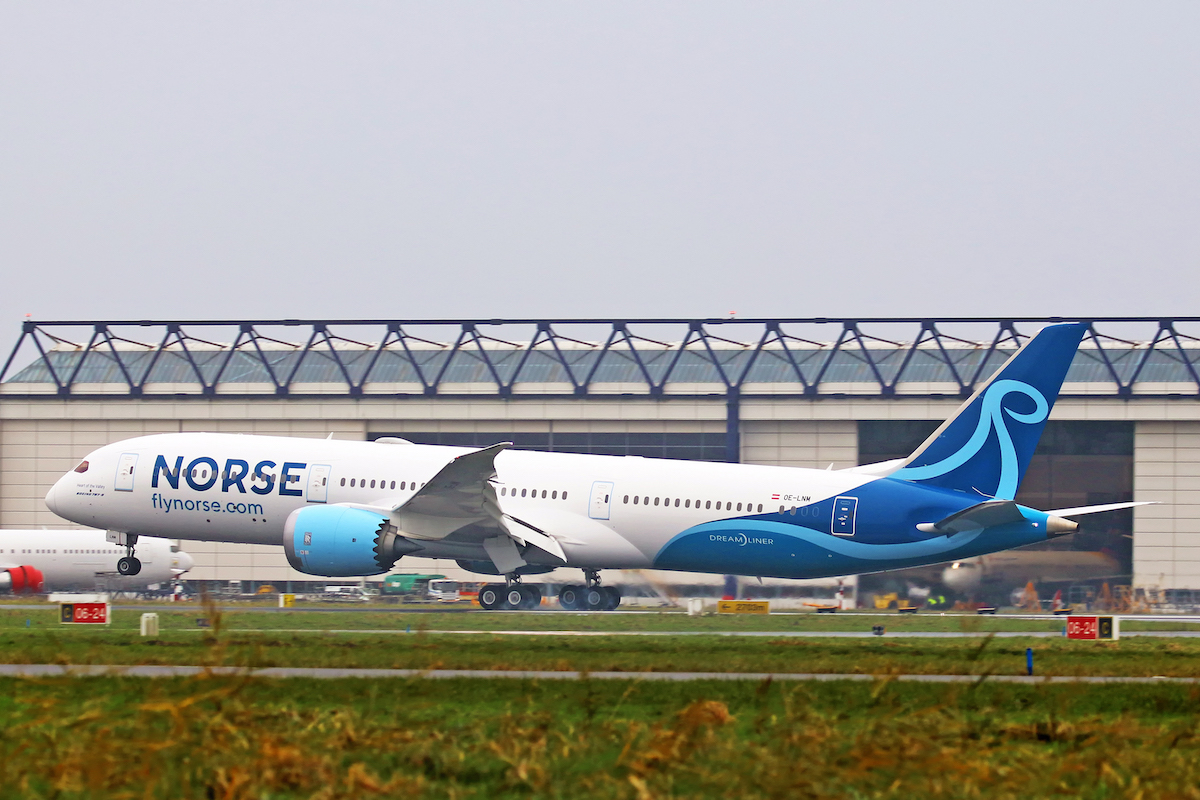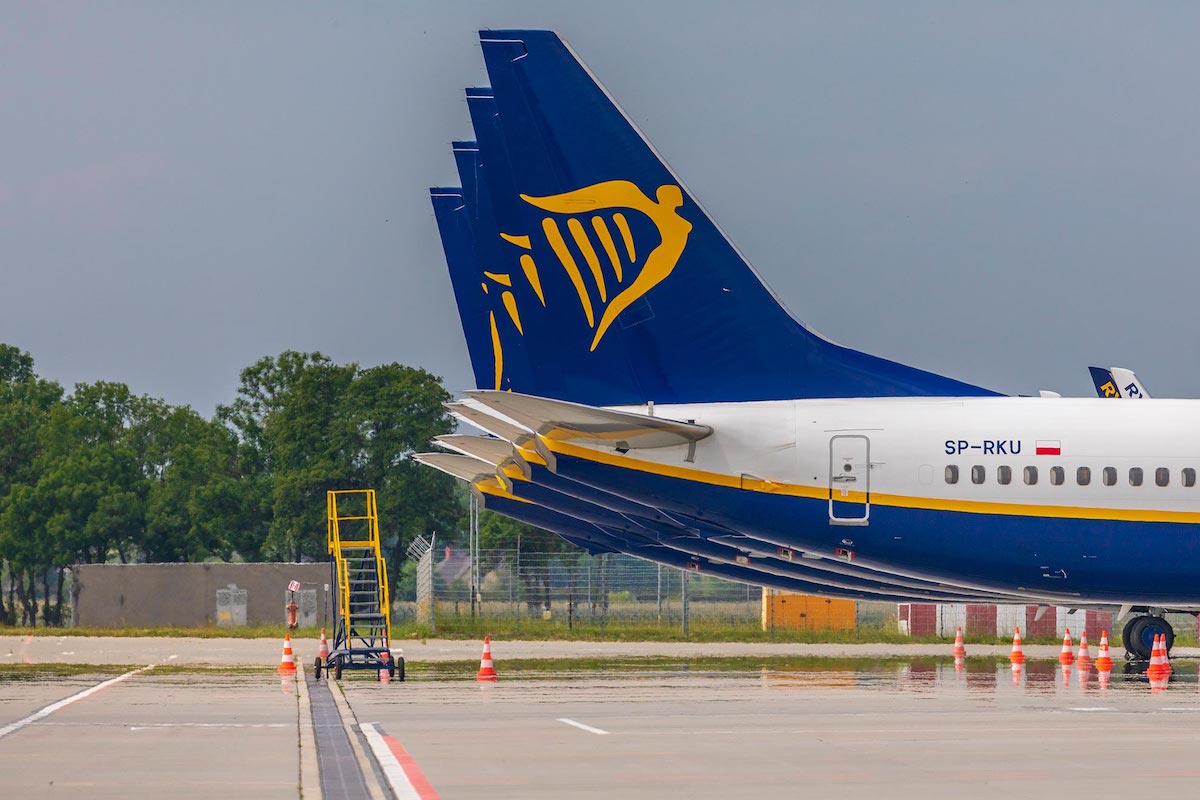In this week’s Feature Story, we examine why U.S. airlines have been paying a lot of attention to two Mountain States markets: Salt Lake City and Denver. Although the two cities had been growing in importance for the industry before the pandemic struck. their importance has only grown this year as travel patterns change.
A few statistics show why the cities are becoming more important. Between 2010-2019, the population of the U.S. grew by 6%. Salt Lake City’s grew by 13%, and Denver’s by 16%, U.S. Census Bureau data show. And as the pandemic has ravaged the U.S. economy and resulted in an 11% unemployment rate, Denver’s is 8% and Salt Lake City’s is 5%.
Both cities have transformed themselves into hubs for tech companies, a sector that has boomed during this pandemic. And that trend is only accelerating as tech companies seek to relocate out of California’s Silicon Valley. And even if the companies remain in Silicon Valley, many employees, newly freed by work-from-anywhere policies, are relocating to lower-cost cities, benefiting both Salt Lake and Denver.
Colorado and Utah are renowned for their spectacular natural beauty, which is not only attracting tech workers drawn to the outdoors but also tourists. Unable to travel abroad due to restrictions and quarantines, hordes of U.S. travelers flocked to both Salt Lake (the entry to Yellowstone) and Denver (a quick drive to mountain resorts) to visit national parks this summer.
United has long operated a Denver hub, and it’s now routing many transcontinental flights that had previously been nonstop from California through Denver to East Coast and Midwest destinations. Denver, for its part, is building out more than 30 gates at its hub at Salt Lake City.
Will this trend continue when the pandemic subsides? Maybe, if demographic and economic trends continue to benefit the two cities. The wild card is intercontinental flights. Before the pandemic, neither city had particularly strong connections abroad, but both airports are targeting future routes to Asia, Europe, and Central and South America when travel begins to recover.
